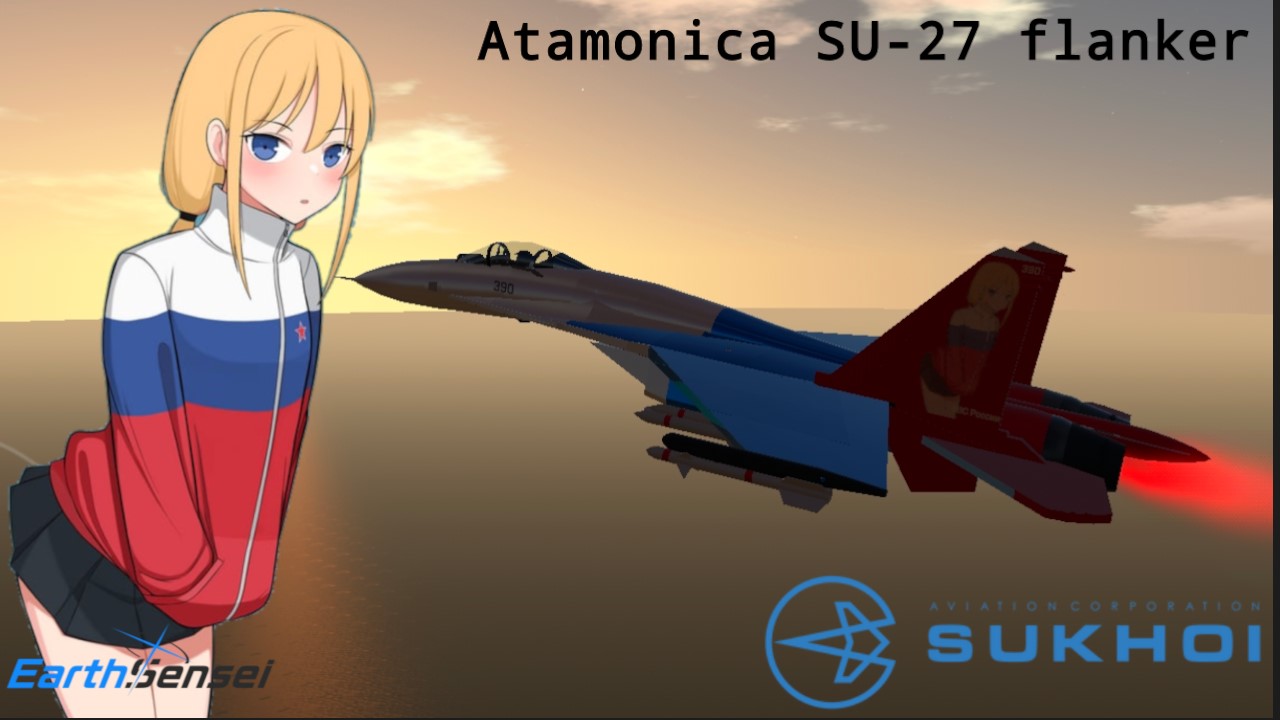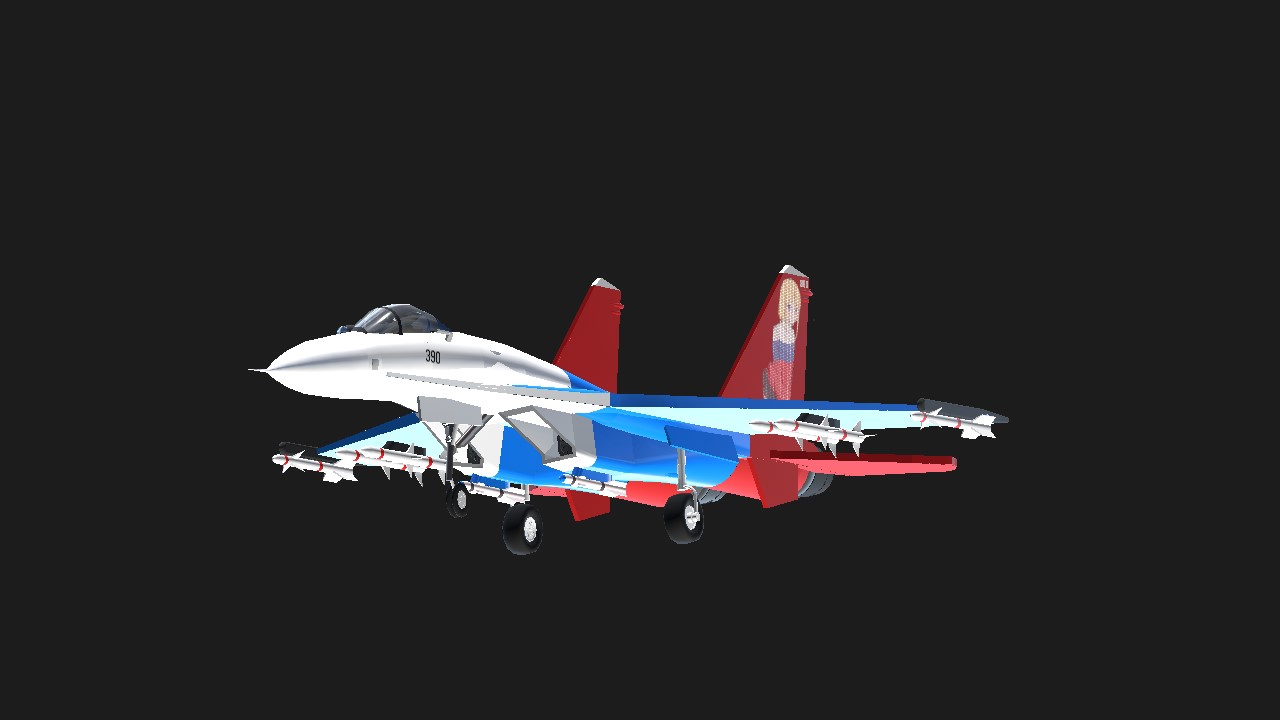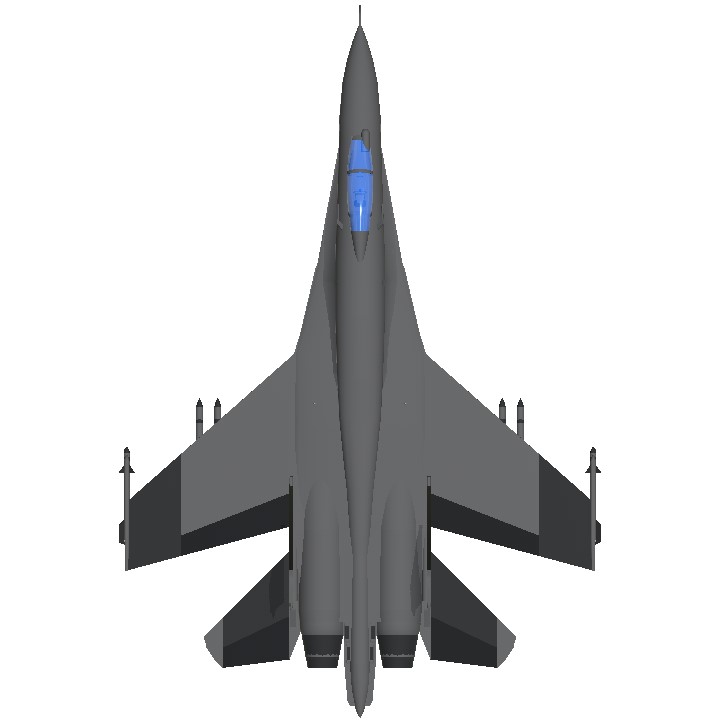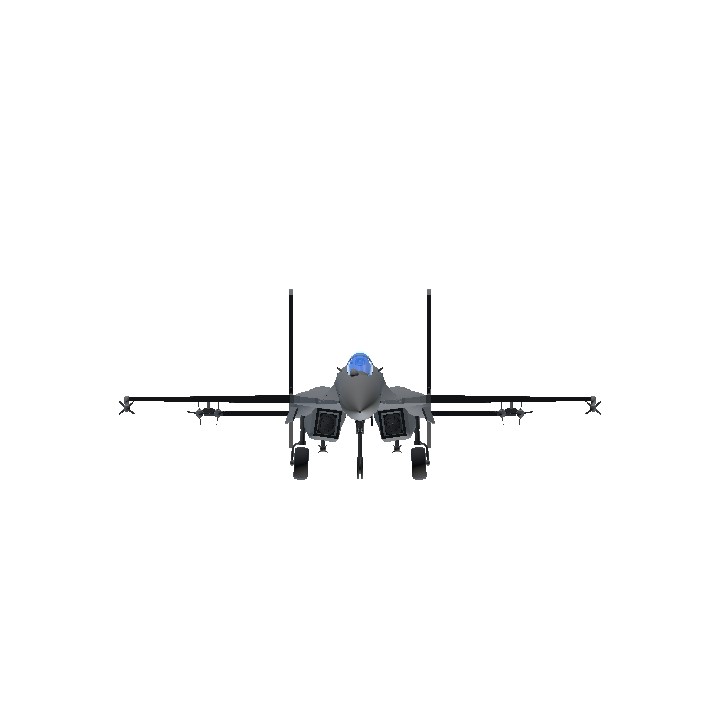The Sukhoi Su-27 (NATO reporting name: Flanker)
Is a legendary Soviet-era fighter jet designed to counter American 4th-generation fighters like the F-15 Eagle and F-16 Fighting Falcon. Here’s an overview of its history:
Development Origins
Concept and Need: In the 1960s-70s, the U.S. developed high-performance fighters like the F-15. The Soviet Union needed a comparable air superiority fighter to maintain aerial balance during the Cold War.
Design Bureau: The Sukhoi Design Bureau was tasked with the project in 1969. The design was part of the Soviet PFI (Prospective Frontline Fighter) program.
Prototype and Testing: The first prototype, designated T-10, flew in 1977, but it faced stability and performance issues. After significant redesign, the improved prototype T-10S emerged in 1981, forming the foundation of the production Su-27.
Key Features
Air Superiority Role: The Su-27 was primarily designed for long-range air combat but proved versatile for multiple roles.
Aerodynamics: It features advanced aerodynamics, including a blended wing-body design, making it highly maneuverable, capable of executing complex maneuvers like the famous Cobra.
Range and Payload: With a range of 3,530 km and an impressive payload capacity, the Su-27 excels in deep penetration missions.
Avionics and Armament: Equipped with a powerful radar, modern avionics, and weapons like the R-27 and R-73 missiles, it is a formidable adversary.
Operational History
Introduction: Entered service with the Soviet Air Force in 1985.
Global Use: The Su-27 has been exported to countries like China, India, Vietnam, and Angola. It is highly regarded for its adaptability.
Notable Engagements: While the Su-27 itself hasn’t seen extensive combat, its derivatives (e.g., Su-30, Su-35) have been used in conflicts like the Syrian Civil War.
Derivatives and Modernization
The Su-27 has led to the development of various advanced aircraft, including:
Su-30: Multi-role fighter with enhanced avionics and dual-pilot capability.
Su-33: Naval variant designed for aircraft carriers.
Su-35: Highly modernized version with 4.5-generation capabilities.
Shenyang J-11: Chinese version produced under license with local modifications.
Legacy
The Su-27 is celebrated for its elegance, raw power, and agility. It’s not just a military machine but a symbol of Soviet technological achievement, continuing to influence fighter design worldwide.
Features
-Thrust Vectoring Technology
-Powerful weapons
-Powerful engines
-Modified Cockpit
-Strong Landing Gear
Air Group
AG-1 : Formation Light
AG-2 : Parachute
AG-3 : Drop R-73
AG-4 : Drop R-77
AG-5 : Nothing
AG-6 : Drop AirToGround Missile
AG-7 : I don't know 💀💀💀
AG-8 : Engine, Thrust Vectoring, Light, Electrical
Weapon List
-4× R-77 Adder
-2× R-73 Archer
-2× KH-59MK2
-Single Gun Gryazev-Shipunov GSh-30-1 (30mm)
Picture


Specifications
Spotlights
- WritersCrusadersAirCo2 5 months ago
General Characteristics
- Predecessor Sukhoi SU-27 [Flanker-B] (RE-UPLOAD)
- Created On Android
- Wingspan 46.4ft (14.2m)
- Length 70.7ft (21.5m)
- Height 24.9ft (7.6m)
- Empty Weight N/A
- Loaded Weight 63,209lbs (28,671kg)
Performance
- Power/Weight Ratio 1.77
- Wing Loading 37.6lbs/ft2 (183.8kg/m2)
- Wing Area 1,679.2ft2 (156.0m2)
- Drag Points 2166
Parts
- Number of Parts 327
- Control Surfaces 10
- Performance Cost 1,496







R.I.P Tomboy Tomcat, gone but not forgotten, glad I downloaded it.
@SumateraIndustries
Oops silly me~
@Emka333 thank you please considered upvote it
One of the best, not lagging aircrafts in my collection, very nice plane. It's worth downloading, I like these decals
@EarthSensei WHY JUST REMOVE
THE CAMERA ONLY
@SumateraIndustries I remove it? The camera was annoying so I remove it... sorry :<
And where's the Fab 500 bombs?
Where's my tags
@WritersCrusadersAirCo2 thank you!
Awesome jet! Loved the decals on it! Cute and deadly